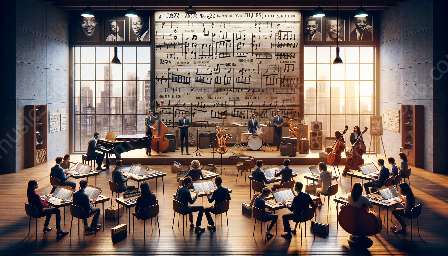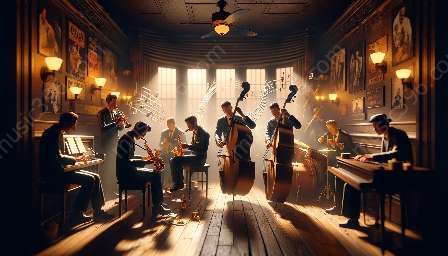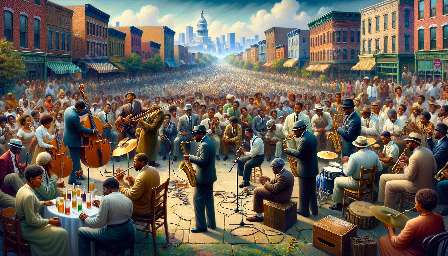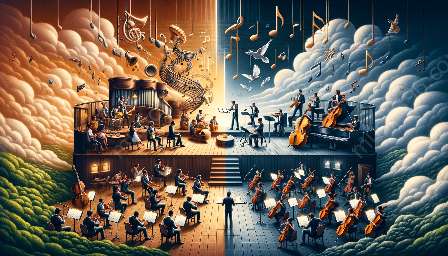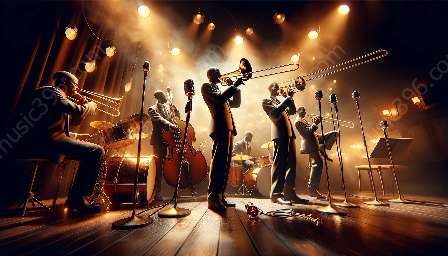Harmonic theory serves as the foundation of both jazz and classical music, shaping their distinctive sounds and styles. In this article, we will delve into the intricate world of harmony, exploring how it is utilized in both genres and examining the comparisons between jazz and classical music. Additionally, we will uncover the connection between jazz and blues, shedding light on the shared harmonic elements and techniques that define these musical traditions.
Harmonic Theory in Jazz and Classical Music
Harmony, the simultaneous combination of different musical notes, forms the backbone of jazz and classical compositions. Both genres rely on harmonic progressions to create compelling musical narratives and emotional depth.
In classical music, harmonic theory has been formalized over centuries, with composers like Johann Sebastian Bach pioneering complex harmonic structures and rules. Traditional classical harmony often emphasizes rich, dense chords and intricate voice leading, creating a sense of grandeur and sophistication.
On the other hand, jazz harmony is characterized by its improvisational nature and a greater emphasis on extended and altered chords. Jazz musicians often employ intricate harmonic substitutions and reharmonizations, allowing for endless possibilities of harmonic expression and innovation.
Comparisons between Jazz and Classical Music
While jazz and classical music demonstrate unique harmonic approaches, there are intriguing parallels between the two genres. Both jazz and classical composers utilize harmonic tension and resolution to captivate listeners, employing techniques such as modulation and chromaticism to convey emotional intensity and complexity.
Moreover, jazz and classical music share a deep appreciation for harmonic color and texture. From the lush symphonic orchestrations of classical composers to the rich harmonic palettes of jazz ensembles, both genres showcase the expressive potential of harmonic manipulation.
The Connection between Jazz and Blues
Jazz and blues are intimately linked through their harmonic foundations, with the blues serving as a vital influence on the development of jazz harmony. The blues scale and its distinctive flattened third and seventh degrees form the basis of countless jazz compositions, infusing them with a soulful, bluesy flavor.
Furthermore, jazz improvisation often draws from the raw emotional content and harmonic simplicity of the blues, incorporating blues-based licks and motifs into the jazz vocabulary. This blending of harmonic elements gives jazz its gritty, earthy edge, adding a layer of emotional authenticity to the genre.
Harmonic Practice in Performance
In both jazz and classical music, performers engage with harmonic theory in distinct yet complementary ways. Classical musicians meticulously interpret notated harmonies, meticulously adhering to the composer's intended harmonic progression and voice leading.
Conversely, jazz musicians are adept at spontaneous harmonic reimagining, skillfully navigating through chord changes and creating fresh harmonic interpretations on the fly. This improvisatory approach to harmony is a hallmark of jazz performance, providing a sense of immediacy and spontaneity to the music.
Conclusion
Harmonic theory and practice are integral components of both jazz and classical music, shaping their sonic landscapes and driving their artistic evolution. Whether through the meticulous harmonic tapestries of classical compositions or the daring improvisational explorations of jazz, harmony remains a powerful force in the world of music, uniting diverse genres and inspiring countless generations of musicians.




